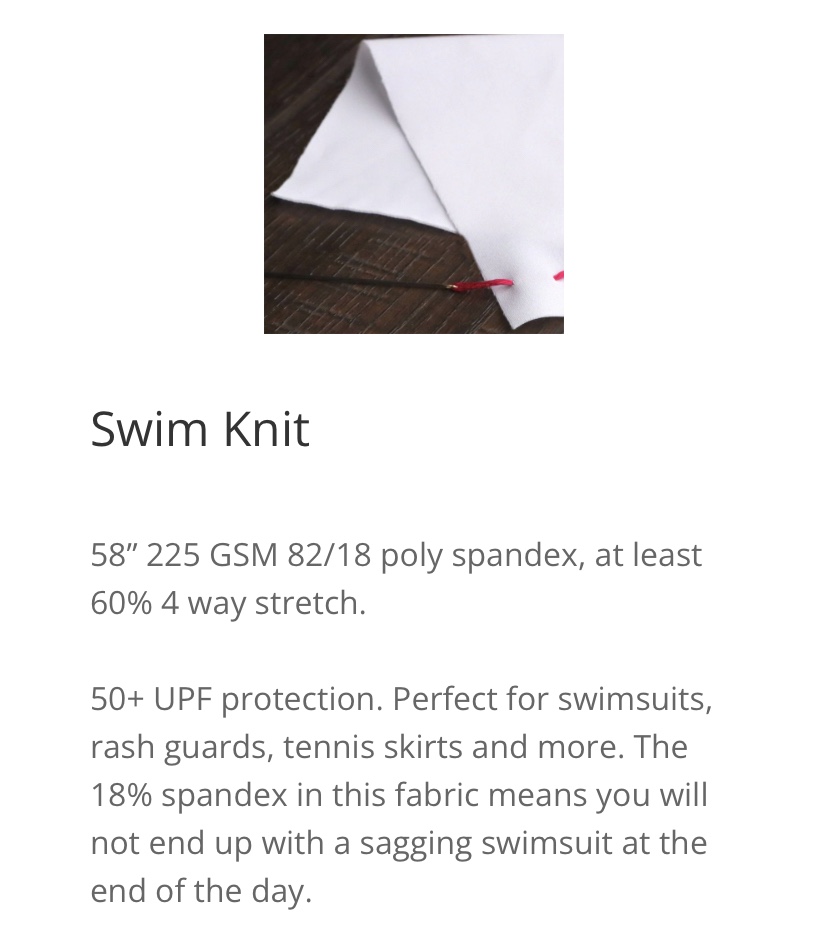Estimated Turn Around Time: 4 - 6 Business Days
Holiday Notice: Due to seasonal volume, transit times are currently extended - especially USPS transit times
-
Apparel Fabric
-
Custom Printing
- Gifts & Goods
-
Wallpaper
Luxury Peel and Stick Wallpaper
![]()
-
Helpful Resources
- Gift Card
- Apparel Fabric
- Custom Printing
- Gifts & Goods
- Wallpaper
- Helpful Resources
- Gift Card
Luxury Peel and Stick Wallpaper

































Summer Willis
March 30, 2022
THANK YOU!!! This is so incredibly helpful, especially for someone new to sewing with swim fabric. It’s awesome to have everything all together in one spot. I feel a lot less intimidated trying to tackle this beast🤣💯